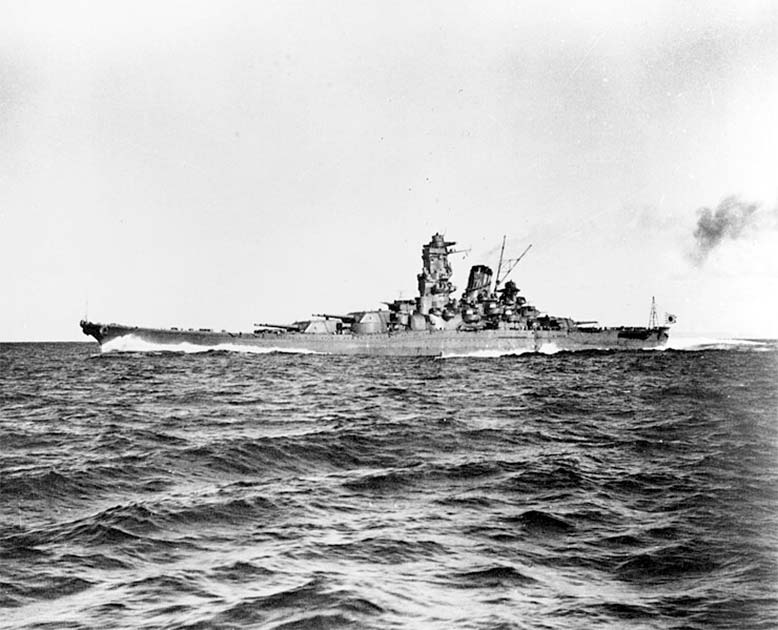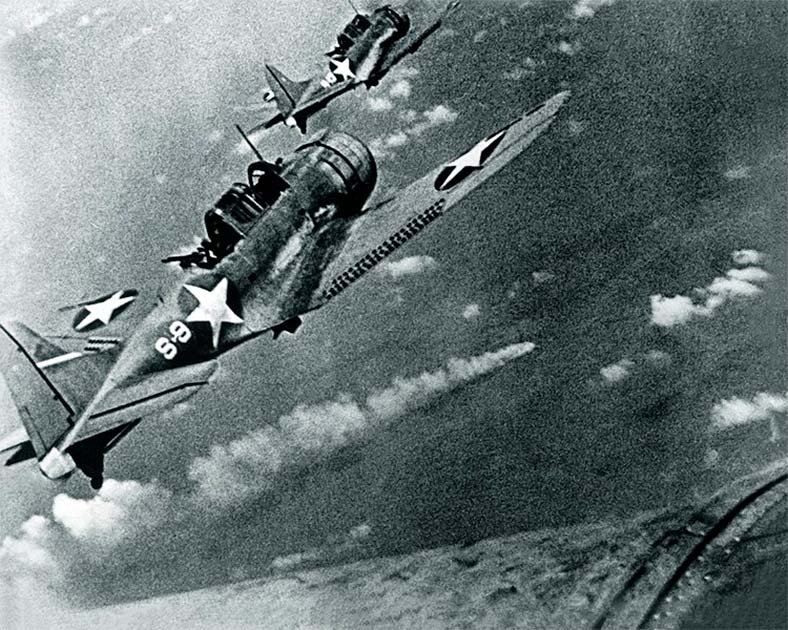The IJN Zipang was a plan concocted by Lieutenant Commander Hidetaro Kaneda around 1912. It was planned to be a 500,000-tonne battleship, a crazy size for any ship.
For a variety of reasons this ship would never be constructed but amazingly it was not the only ship of this size being thought up at the time. Dreadnoughts (exceptionally large battleships) were being proposed around the world with war looming. However, few were ever built.
Why the Japanese, 100 years ago, think they would need a ship of such a size? And could they even build it?
Hidetaro Kaneda
Hidetaro Kaneda was born on January 28th, 1873, in the Shizuoka Prefecture in the central region of Japan. He was the eldest son of Takeshi Kaneda and came from a well-known family of samurai.
There is little known about his childhood but it is recorded that in November 1894, at the age of 21, Kaneda graduated from the Naval Academy and set sail to take part in the Sino-Japanese war in China against the Qing dynasty. Kaneda was aboard the Takahiko and was a candidate for the second lieutenant position in this posting which he would achieve in 1895. In addition to this, it was noted that he was an adept shooter studying at gunnery school.
In 1898, Kaneda traveled to England as a member of the Izumo crew on a business trip to collect the ship and bring it back to Japan. By March 1900, Kaneda found himself as a squad leader before being transferred to the Azuma.

Inspired by this, he continued study at the Naval War College as an O-class student and an elective student. In 1903, December, Kaneda was appointed as a commander of the “Chinen” Squad, a warship associated with Germany.
Impressing his colleagues here, Kaneda was moved to the Otowa where he was promoted to Gunnery Chief. This led him to partake in the Russo-Japanese War. This dispute arose over control of Manchuria in Northeastern China and over control of the Korean Peninsula.
- The KV-6 Behemoth: The Crazy Soviet Tank That Never Was
- The Huge Fleet of Zheng He: An Armada to Conquer the World?
Ultimately, the war ended in a stalemate as international pressure forced the two powers to make peace under the Treaty of Portsmouth. The US government acted as a mediator for these negotiations. Kaneda excelled in this war and was promoted to Lieutenant Commander.
As lieutenant commander, one of the first posts that Kaneda had was as the Gunnery Chief of the Iki. Here, he served as a gunnery practice instructor and squad leader.
In December 1905, Kaneda returned to England for three years. He was later recalled as serving as an instructor at the Naval Gunnery School and as a lecturer at the Tokyo Imperial University. He occupied these posts for three years.
In April 1912, Kaneda was appointed as a member of the Naval Administration Headquarters and was a successful deputy commander of the Ikoma and Kawachi ships that were attached to the nearby Yokosuka Naval base. In December of 1914, Kaneda was promoted to the captaincy of the Navy.
Kaneda’s military career continued to rise throughout the Great War. He served as a gunnery school instructor and as a member of the Naval Technical Headquarters. During this time, he traveled to various countries in Europe and served on the naval gunpowder factory establishment committee.
In December 1919, he was promoted to rear Admiral and became the first director of the Naval Administration Headquarters in 1921. By February 1924, his fortune would be on the decline and he was transferred to the reserves. He died only a year later in 1925.
The Dreadnought
One of the main aspects of Kaneda’s fame came from his idea to build a 500,000-tonne battleship to help Japan in its war efforts. It is claimed that he came up with the idea in 1912.
However, as he was not a naval architect, the plans he came up with were both over-ambitious and unrealistic. Despite having served on ships for many years, Kaneda was not involved in the architecture of naval warships.
This was coupled with the fact that Japan was facing particularly challenging economic hardships at the beginning of the 20th century. It had poor resources, and the construction of warships came at a large cost. The metal resources to build multiple ships would have plummeted Japan into huge amounts of debt.
Kaneda believed that the way around this was to build only one ship rather than multiples. One huge warship could be constructed, and it would act as a naval powerhouse.
The plan Kaneda proposed was that the dreadnought would house Japan’s power and it would be able to rival any nation that they came up against. It could act as a mobile defense fortress. When Kaneda proposed his 500,000-tonne ship, a number of calculations were calculated to figure out the exact measurements of the proposal.

It was suggested that the width of the boat should be more than 91 meters (300 feet) because it should be larger than the average wavelength of waves in the Pacific Ocean. This would allow the ship to maintain its horizontal balance despite the waves. But in order to have a ship this wide, it would have to be over 609 meters (2,000 feet) in length.
Unfortunately, when this idea was being conceptualized, Japan was just entering the fray of the Super-dreadnought battleships. It had only just begun to construct its own battleships.
The first Japanese super-dreadnought was named the Kongo and could not be constructed in Japan. It was made by English shipbuilders. When they saw the plans for the 500,000-tonne ship, it soon became clear to experienced shipbuilders that it would be impossible to build.
Whilst many people have laughed off Kaneda’s suggestion, it has played a role in naval warfare. Vice Admiral Yuzuru Hiraga, the designer of the battleship Yamato which when it was built was the largest warship constructed by Japan, claimed that even if outlandish comments are made, Kaneda’s thoughts were in the right direction.
500,000 ton ships were eventually built in 1976 but they were not made for war. Instead, they are oil tanker, and thankfully nobody yet has thought to build a 500,000 ton battleship.
Top Image: The IJN Zipang was a wholly new vision for the Japanese Navy, which would almost certainly have failed. Source: Dvid / Adobe Stock.
By Kurt Readman